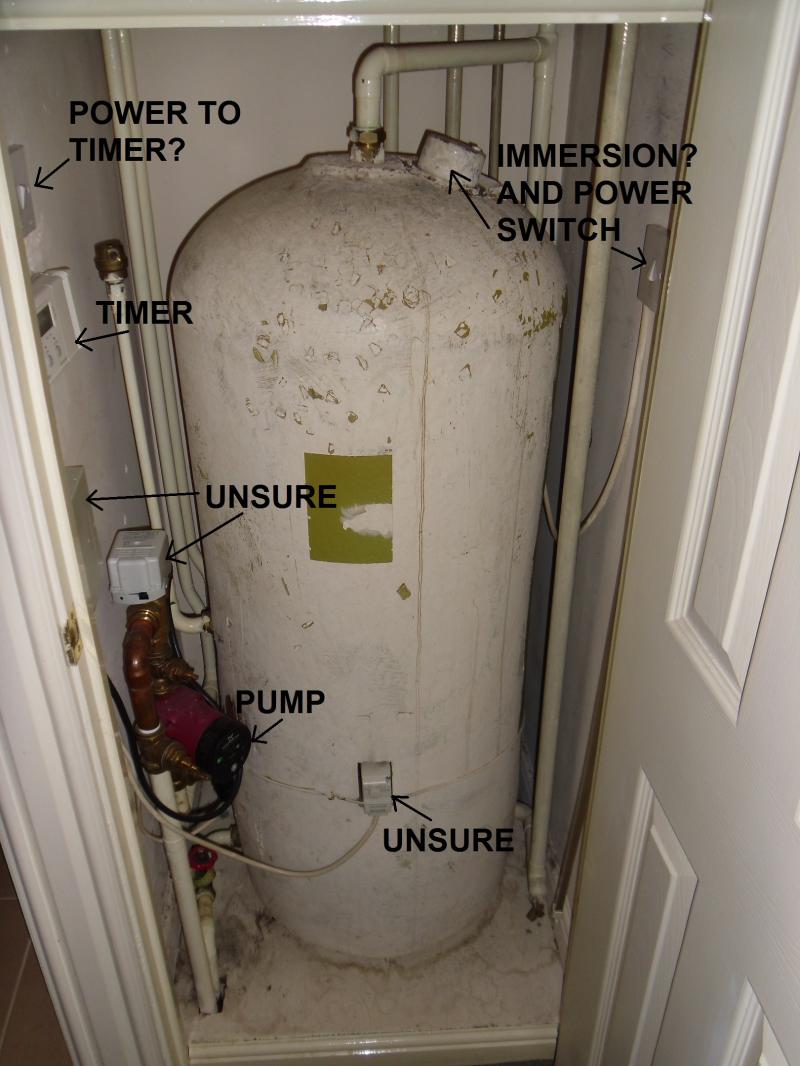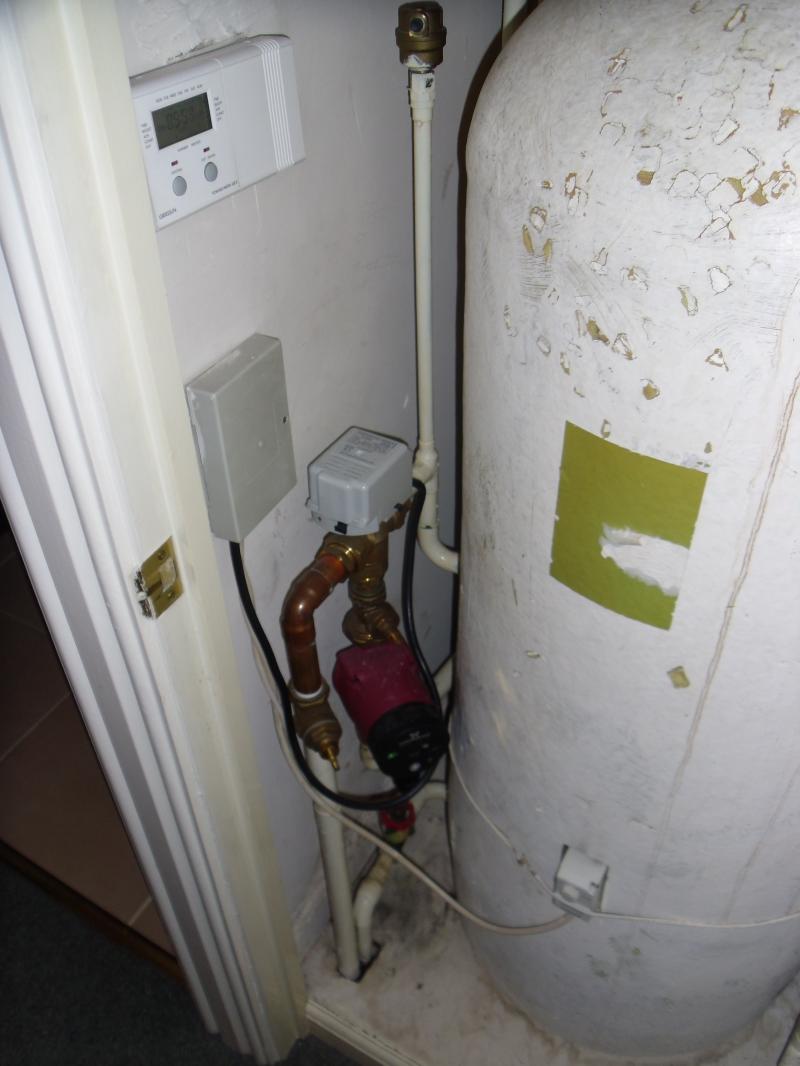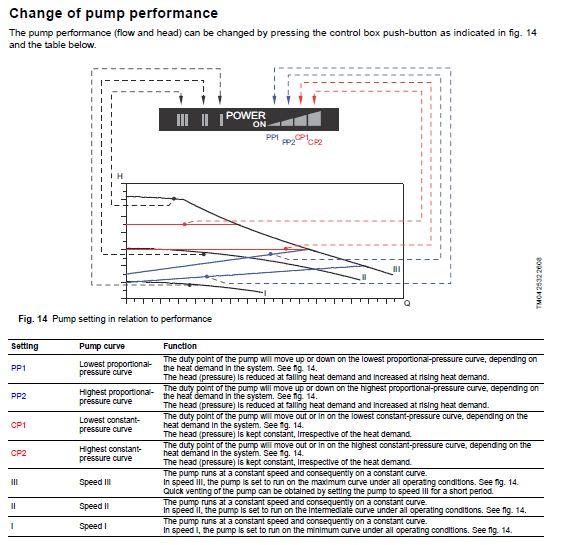S
skuba
i moved in to a new house just over a year ago and i've never really got to grips with the central heating system. i'm pretty much useless with central heating and i've just let it do it's own thing for the past 12 months but i'm now paying the consequences with hefty heating bills! i've started off by switching energy supplier, but i want to try and understand the system so i can make sure it's setup correctly. i've taken some pictures and i'm hoping someone can help me understand how it all works together. in addition to the stuff in the pictures, we have an old ideal boiler downstairs, a thermostat in the hallway downstairs, and thermostats on all radiators throughout the house
if you need any closer pictures or further info please let me know
thanks
if you need any closer pictures or further info please let me know
thanks
Untitled
- skuba
- 1
Untitled
- skuba
- 2





